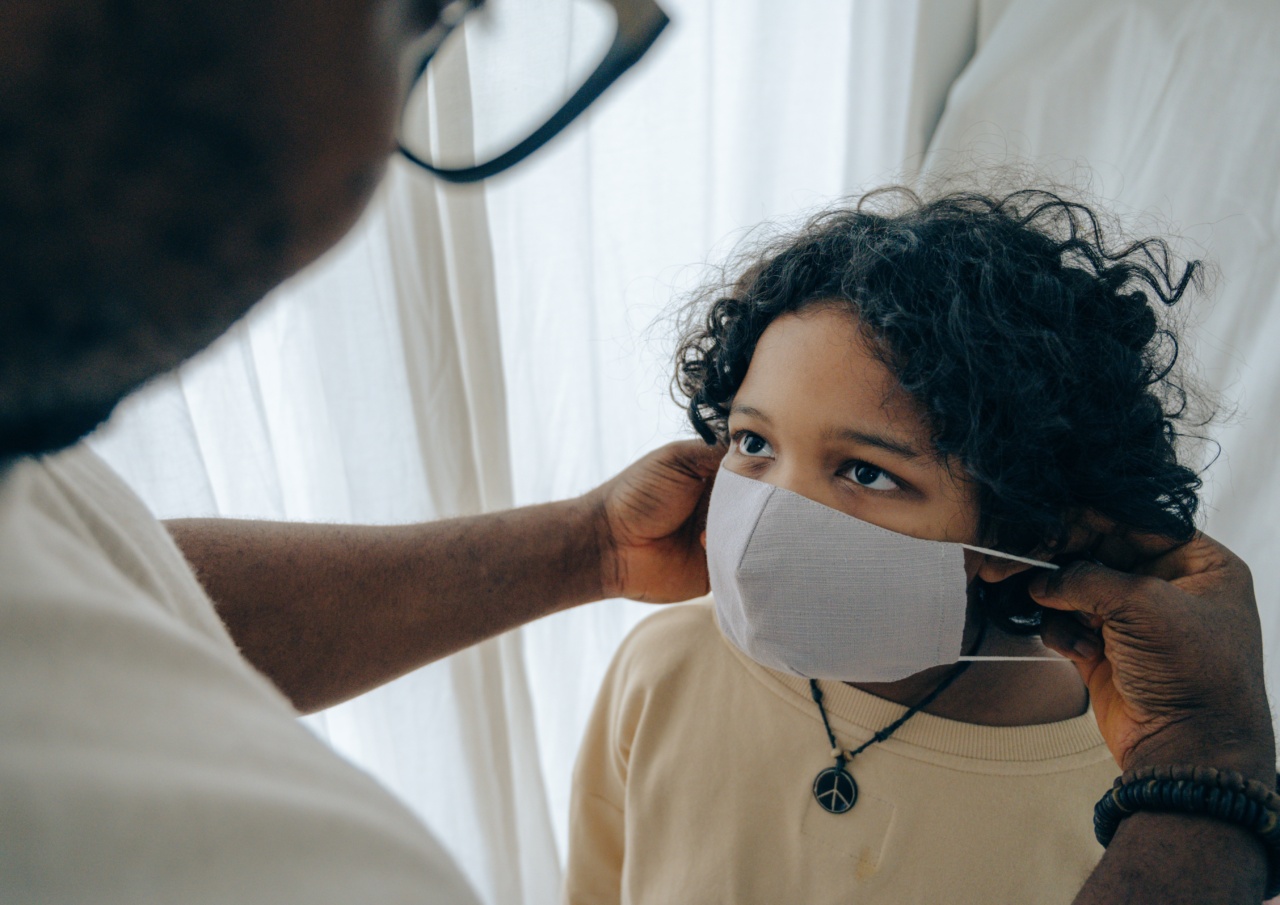In recent years, there has been growing concern among healthcare professionals regarding the occurrence of strokes in children following an infection.
While strokes are commonly associated with older adults, it is crucial to raise awareness about this hidden danger as it can have devastating consequences for young individuals. This article aims to explore the relationship between infections and strokes in children, the potential causes, and the importance of early detection and treatment.
Understanding strokes in children
Strokes occur when there is a disruption of blood flow to the brain, resulting in brain cell damage or death. Though rare, strokes can affect children of all ages, including newborns, infants, and adolescents.
Unlike strokes in adults, which are often caused by underlying cardiovascular diseases, strokes in children are commonly associated with preexisting conditions or infections.
The link between infections and strokes
Researchers have found a significant correlation between infections and strokes in children. Certain infections can lead to an increased risk of stroke due to their impact on the blood vessels and the body’s immune response.
In particular, bacterial and viral infections, such as meningitis, varicella-zoster virus, and influenza, have been identified as potential triggers for strokes in children.
Potential causes and mechanisms
Several mechanisms have been proposed to explain the increased risk of stroke following an infection in children. One hypothesis is that the infection triggers an inflammatory response in the body, which can lead to the formation of blood clots.
These clots can then obstruct blood vessels, causing a stroke. Another possibility is that the infection directly affects the integrity of blood vessels, making them more susceptible to blockages.
In some cases, the infection may also cause damage to the heart, leading to the formation of blood clots. These clots can travel through the bloodstream and reach the brain, causing a stroke.
Additionally, certain infections can weaken the immune system, making children more vulnerable to other risk factors for stroke, such as sickle cell disease or cardiovascular abnormalities.
Recognizing the signs and symptoms
Recognizing the signs and symptoms of stroke in children can be challenging, as they may vary depending on the age of the child and the specific area of the brain affected.
Common symptoms include sudden weakness or numbness on one side of the body, difficulty speaking or understanding speech, severe headaches, dizziness, and loss of balance or coordination.
In some cases, children may also experience changes in behavior, personality, or mood.
It is important for parents and healthcare providers to be vigilant and seek immediate medical attention if any of these symptoms appear, especially if there has been a recent infection.
Diagnosis and treatment
Diagnosing a stroke in children can be challenging, as the symptoms may be similar to other childhood illnesses or injuries.
However, healthcare professionals can conduct various tests to confirm the diagnosis, including neuroimaging studies such as magnetic resonance imaging (MRI) or computed tomography (CT) scans. These tests can help identify the presence of a blockage or bleeding in the brain.
Once a stroke is diagnosed, timely treatment is crucial to minimize the potential damage and long-term effects.
Treatment options may include medications to dissolve blood clots, blood transfusions, and rehabilitation therapy to regain lost motor skills or cognitive function.
Prevention and reducing the risk
Preventing strokes in children following infections requires a multi-faceted approach. Vaccinations can be a vital preventive measure, as they can protect children from various infectious diseases known to increase the risk of stroke.
Good hygiene practices, such as regular handwashing and staying away from individuals with contagious illnesses, can also help reduce the likelihood of infections.
For children with preexisting conditions that may increase the risk of stroke, regular medical follow-ups and appropriate management are crucial.
This may involve taking medications as prescribed, managing underlying conditions, and addressing any potential risk factors through lifestyle modifications.
Support and rehabilitation
Stroke can have significant physical and emotional impacts on children and their families. It is important to provide support and access to rehabilitation services to help children recover and cope with any long-term effects.
Rehabilitation may involve physical therapy, speech therapy, and occupational therapy, depending on the specific needs of the individual.
Psychological support for both the child and their family can also contribute to a better overall outcome and adjustment to life after a stroke.
Support groups, counseling, and educational resources can provide valuable information and emotional support for everyone involved.
Raising awareness and promoting research
As the occurrence of strokes in children following infections continues to be a hidden danger, raising awareness among parents, healthcare professionals, and the general public is of utmost importance.
Education on the signs and symptoms of stroke, the role of infections as potential triggers, and the significance of prompt medical attention can help save lives and prevent long-term disabilities.
Moreover, there is a need for further research to better understand the underlying mechanisms linking infections and strokes in children.
By identifying specific risk factors, developing preventive strategies, and improving diagnostic and treatment approaches, researchers can make significant strides in the prevention and management of strokes in this vulnerable population.




























